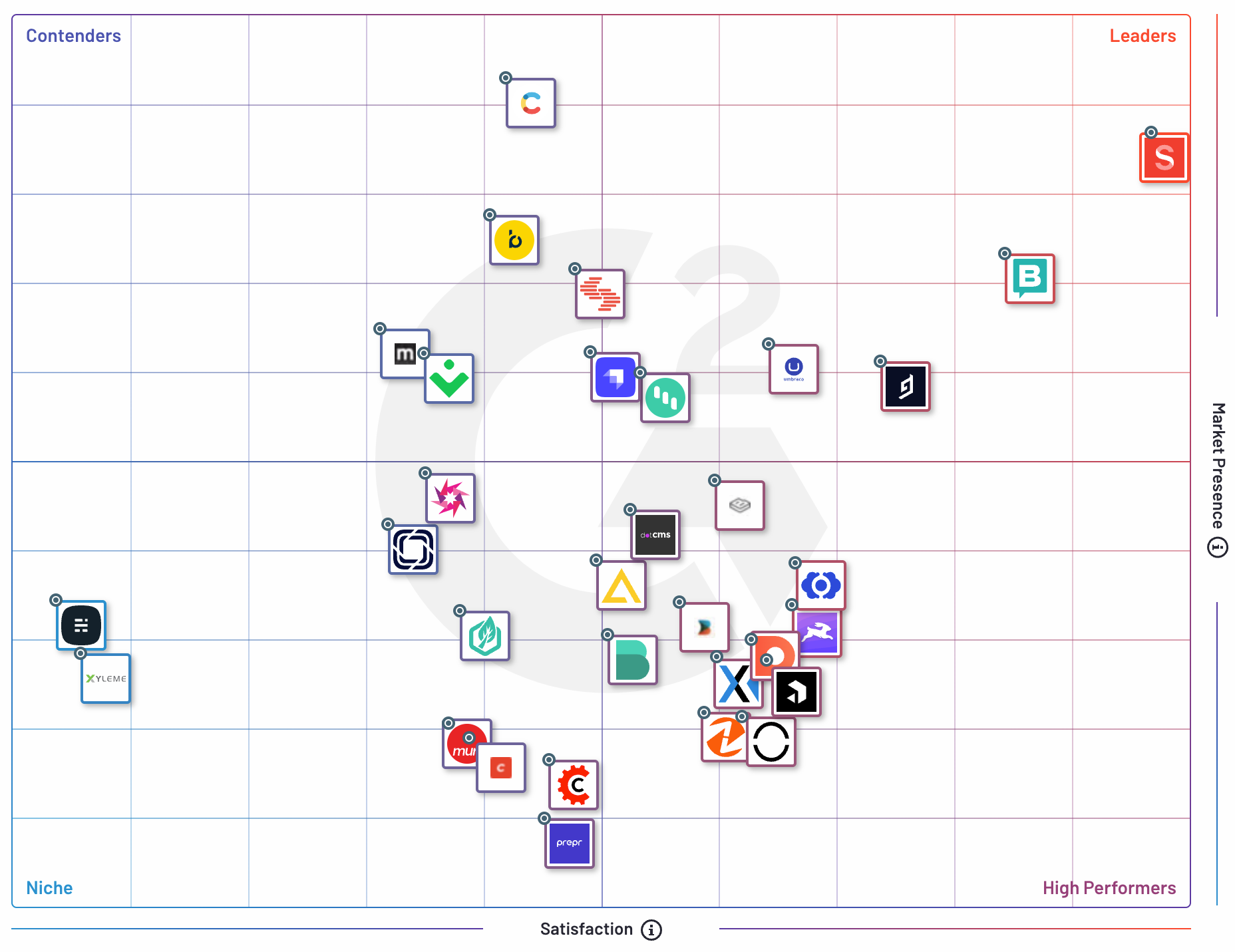
The landscape of digital technology is perpetually shifting. This is especially true in the world of Content Management Systems (CMSs), which form the backbone of your digital content strategy. The progress in this space is relentless but inevitable. However, as some stalwart CMSs reach their 'End of Life' (EOL), such as Umbraco 7 come this September, it's important to review if your CMS is still fit for purpose. Or maybe this is the ideal time to consider evolving to something new that is more in line with the advancing needs of your business.
EOL is the point at which the company or community that developed the software ceases its support for that specific version or product. In practical terms, this means a withdrawal of technical support from the vendor, so no more updates, bug fixes, or more crucially, security patches. All developmental efforts shift towards newer, current, and future versions. As a result, sticking with an EOL version can lead to deteriorating performance and, most alarmingly, escalating security vulnerabilities. This can trigger a cascade of functionality issues, leading to a compromised user experience that can, over time, erode your audience's trust and engagement.
Not only that, if your industry necessitates compliance with certain data security and privacy regulations, using an outdated CMS could turn navigating these norms into a Herculean task. Security vulnerabilities in outdated systems could lead to breaches, resulting in not just regulatory fines but also significant reputational damage. Remember that creek? Not only no paddle, but now a whopping great big hole in your boat.
The opportunity for review
The approach of the EOL stage for your CMS should be your cue to reassess your CMS strategy. Depending on the system and the effort needed to upgrade, it’s likely going to be a lot of work either way, so why not use this time to consider if your current CMS is right for you, your business and your potential business growth?
Moving away from boats for a moment, let’s think of your CMS as if it were a car. Imagine you’ve been leasing a VW Polo for the last 5 years; it’s worked well for you and you’ve had a good experience with the service team, but you’ve racked up the miles and you’re coming to the end of your agreement so that trusty service team won’t be there anymore… it’s time to move on. You like your Polo so one option (and most likely the easiest) is to jump straight into the newer version and hey, it’s a good option. But it’s not your only one.
Now is the perfect opportunity to look at what else there is in the market. Perhaps there’s another car that has additional features you’d quite like that the new Polo doesn’t; maybe your mileage has increased so you’d like more MPG (miles per gallon); or you have a family now so need more space. Perhaps you don’t want or need any of these things. Either way, it’s good to look around and understand what’s available. If you do decide you want a scalable platform or additional features, upgrading to a headless CMS should be a consideration.
The alternatives
When it comes to choosing a headless CMS, we’d recommend looking at review sites such as G2 Reviews. Sites like this give you an idea of what’s on the market, what’s leading and performing well, and importantly, what’s not. This is a great place to start when looking at what might work for your business, especially as the community around tech advancements can be valuable.

Currently leading the pack is Sanity.io; a cloud-based, open-source headless customisable solution that treats content as data to power your digital business. It is continuing to gain favour among developers and content creators and takes the flexibility and customisation capabilities a notch higher. Choosing a CMS with an offering such as this is more than a simple adaptation to change; it's about foreseeing and wholeheartedly seizing the future of content management.
The goal is to find a CMS that gives you peace of mind and frees you from fretting over whether your CMS can accommodate your growth. If you need something to scale with you, an ideal solution is a cloud-based infrastructure that has been architected to do just that, ensuring that a surge in traffic or an increase in content volume doesn't lead to any compromise in performance. Think: smooth, uncompromised journey of growth and expansion.
Ultimately, when taking the time to review your tech stack, specifically your CMS, it’s about not only considering where your business is now, but where you want it to be in years to come. If what you have now can’t evolve with you, it’s time to move onwards and upwards and find a solution that can scale – a bigger, better boat.